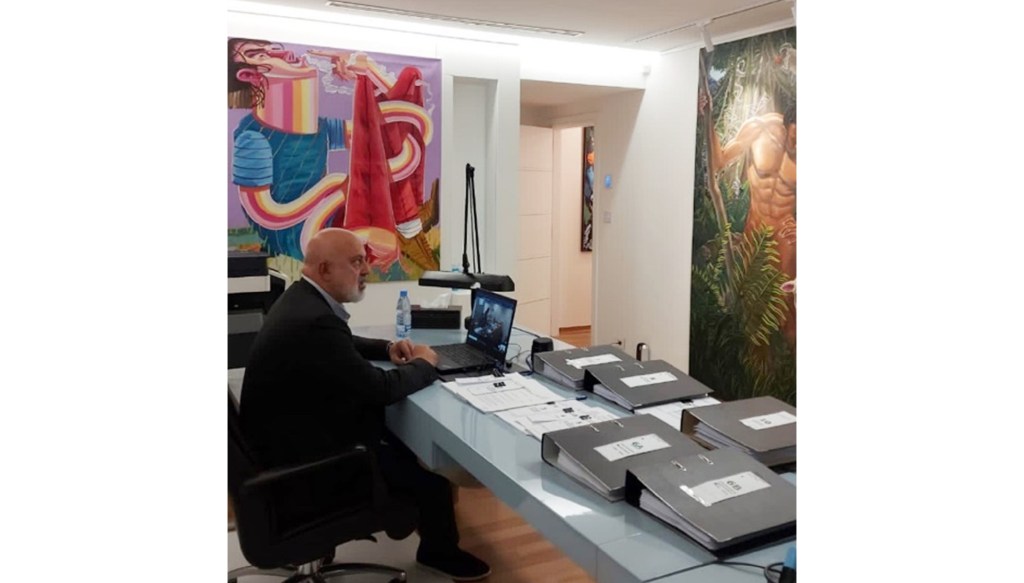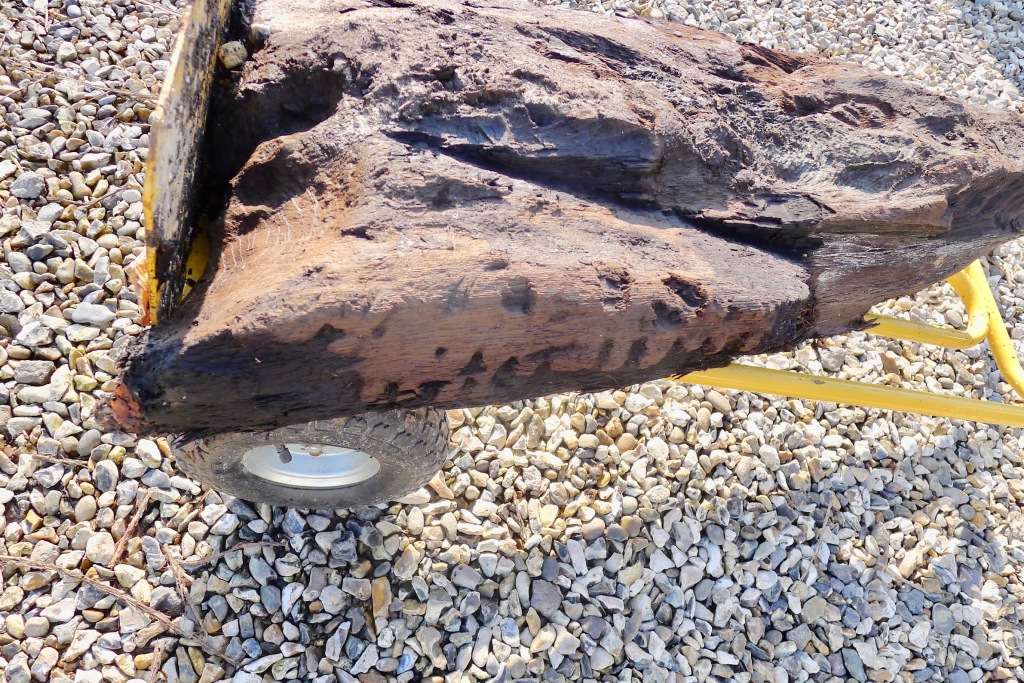Philadelphia’s UArts Hit with Class-Action Lawsuit Amid Sudden Closure
Just days after announcing its sudden closure, Philadelphia’s University of the Arts was hit with a class action lawsuit by nine of its employees, including several professors and department directors. The news was first reported by the Philadelphia Inquirer.
The lawsuit was filed on Tuesday in the city’s federal court and accuses the school, commonly called UArts, of violating the Worker Adjustment and Retraining Notification Act (WARN Act), a 1988 law that requires most employers with at least 100 employees to provide a 60-day notice of mass closings or layoffs. The plaintiffs also accuse the college leadership of withholding wages for hours worked and unused vacation time, a violation of the Pennsylvania Wage Payment Collection Law.
The United Academics of Philadelphia, the union representing UArts professors, called the decision of the UArts board and management “cruel,” and has demanded the board pay staff for all hours worked and provide a severance package.
“This situation reflects a complete failure of leadership,” Eric Lechtzin, the attorney representing the plaintiffs, told Philadelphia Magazine. “It is incomprehensible how they could announce the closing of the university within seven days, with no prior warning to anyone. In fact, I’ve heard from people who recently left tenured positions at other schools to join the faculty and staff of UArts, only to learn mere weeks or months into their new position that UArts is closing.”
On June 7, the school’s last day of operation, the Pennsylvania Attorney General’s Office and state lawmakers announced that they were investigating the circumstances of the closures, as well as “any transfer or loss of assets,” according to the New York Times.
“We are looking into holding a hearing and seeing what broader investigative powers we can use in the state legislative committees to investigate,” senator Nikil Saval said in a statement. “It should wake many of us up to the fragility of the arts infrastructure in Philadelphia, which is extraordinary given how little support it gets.”
The Philadelphia City Council passed a resolution on June 6 to conduct hearings about the closure.
UArts, a nearly 150-year-old institution with a storied alumni roster that includes Irving Penn, Alex Da Corte, and Jonathan Lyndon Chase, announced its closure on May 31, to the shock of approximately 700 faculty and 1,100 students. In a statement released that day, the university revealed that it had lost accreditation with the Middle States Commission on Higher Education and that it would not offer classes in the fall. A few days later, UArts’s president, Kerry Walk, resigned.
The school has promised to provide its students a “pathway” to other Philadelphia schools, such as Temple University, Drexel University, and Moore College of Art and Design.
On June 2, the school announced that trustees had approved the closure the day prior and that the school would not reopen. Its final day of operation was June 7. The school cited low enrollment and its financial situation as the cause, saying, “With a cash position that has steadily weakened, we could not cover significant, unanticipated expenses. The situation came to light very suddenly.”
The school has not disclosed the details of its finances, but according to the Philadelphia Inquirer, a board trustee said it would take at least $40 million to salvage the crisis.
Backlash to the announcement was swift, with faculty and students sharing their shocked reactions over the weekend on social media. In one widely shared Reddit post, a user claiming to be a current student alleged that they had received a tuition bill shortly before the closure was made public.
Meanwhile, local media reports stated that Temple University was exploring avenues of aid, including a possible merger with UArts.
“This is a fluid situation,” a Temple spokesperson said. “We are committed to continuing conversations with UArts representatives to explore all options and possible solutions to preserve the arts and the rich legacy of this 150-year old institution.”



